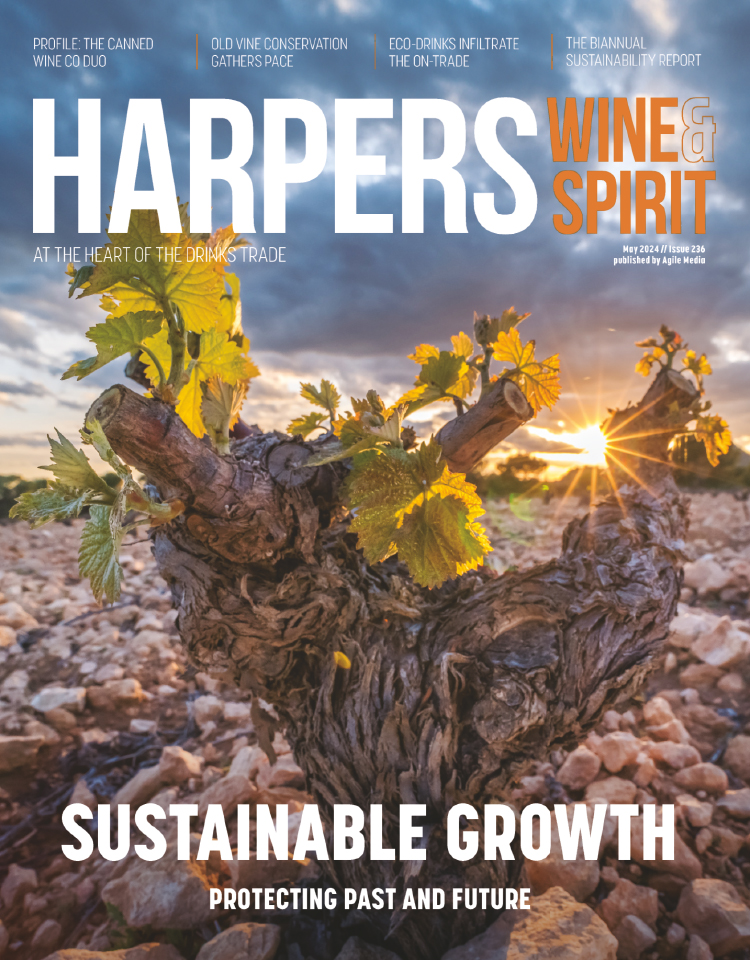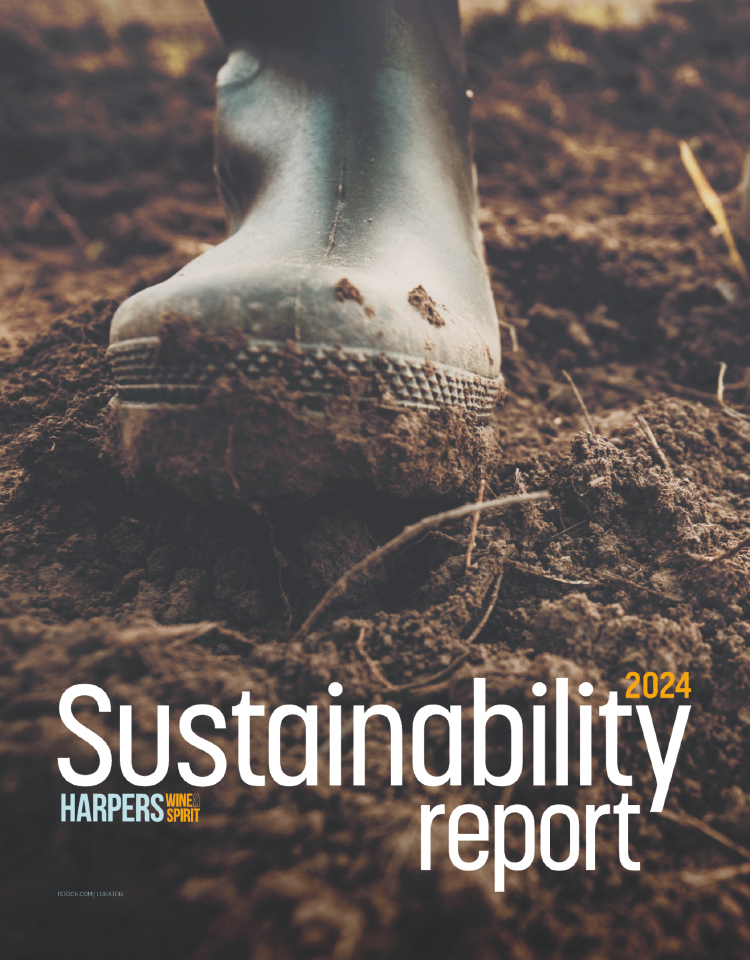Champagne's low yields pose blending problems
Jacquart's winemaker says the 2012 harvest is "incredible", but warned that low yields meant some houses would have problems sourcing sufficient quantities of reserve wines for blending.
Jacquart's winemaker says the 2012 harvest is "incredible", but warned that low yields meant some houses would have problems sourcing sufficient quantities of reserve wines for blending.
Floriane Eznack, winemaker at Champagne Jacquart, described this year's harvest in Champagne as "incredible", admitting, "we always say that but it was exceptional".
It was a year of extreme temperatures, reaching unprecedented lows of -24°C in February. "After a mild winter it suddenly became really cold - right to the limit before a normal vine would die," said Eznack. But there was very early bud and flowering, which took place under a lot of rain and cold spells which caused coulure and millerandange. "Until the end of July it was a disaster," she said, with a hailstorm wiping out a lot of grapes and vines, especially in the Côte des Bar region where growers picked one case out of 1 ha. "There was absolutely nothing for some growers," she said. However a "brilliant" August, which was sometimes even "too hot", saved the day.
"We had no idea what we would have," at the end of the season she told Harpers, especially given uneven ripening meant that harvesting took place plot by plot.
"It's been the first year since 2008 that we were so happy to feel so much complexity in the winery. We were very happy."
But Eznack warned that volumes were severely curtailed. The Comité Interprofessionnel du Vin de Champagne (CIVC) fixed yields at 12,000 kilos/ha, but on average Eznack said growers brought in about 8,500 kilos/ha. This means that houses need to find reserve wines in large quantities - and they may not necessarily be the best wines. She said this could pose major problems for houses. Pinot Meunier was most affected, she said, with the Marne Valley harvesting just 4,000 kilos/ha on average. Currently the wines are showing pretty well, although some lack lightness and freshness, said Eznack.
Since Eznack came on board two years ago she has been instrumental in dramatically reducing the number of wines on offer - previously it had 18. "We wanted to improve the brand image and make sure the wines stuck to the style. So we had to define the style."
Aside from working on that, she has also been building a library collection of older vintages. "When I first joined there was no memory. I had to establish some rules regarding wine management, ageing, time of disgorgement and dosage, and adapt that to the house blend. She's also keen to reduce the four year ageing period for non-vintage to three years. "I'm not here to make a revolution," she said, adding that she was not aiming to create a wine for wine specialists, but rather one that showcased value for money and celebration. "We don't want to be a show-off brand, but to be elegant and contemporary."
One of Eznack's next steps is "to go further in the creation of blends". "We're working with almost 2,000 growers across 2,400 ha, we have lots of opportunity. We need to go further in our selection of plots and showcase the terroir." She said that right now the brand was using just 350 ha out of the possible 2,400 at its disposal. But, she warned that it was not a quick process: "We need to go further, but gently."






